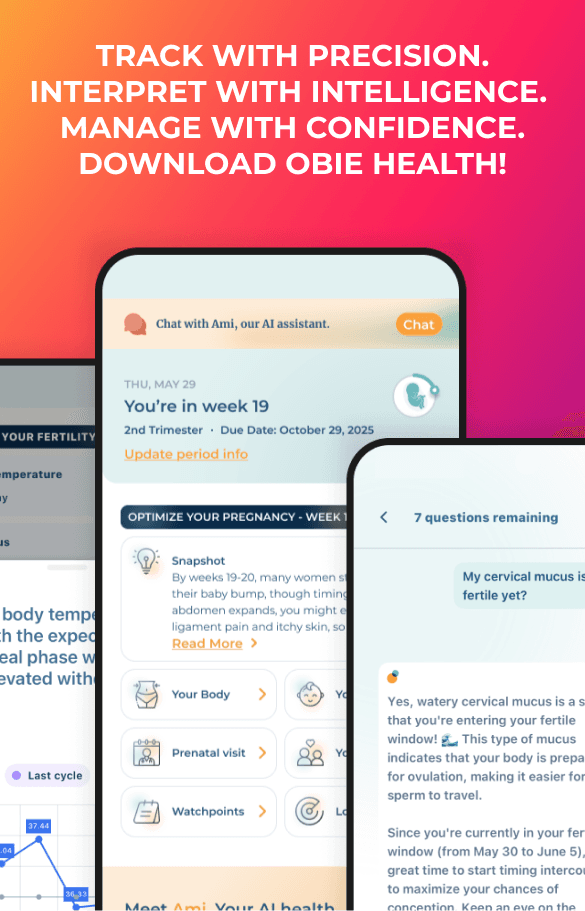Waiting Out the Umbilical Stump
Obie Editorial Team
The umbilical cord is how babies received oxygen and nourishment from their mother in the womb. It attaches the baby’s abdomen to the placenta and serves as a direct line of sustenance. When your baby has finally been delivered, your doctor (or your partner, if he chooses to) will cut the umbilical cord so that only a stump is left on the newborn. The procedure is painless, as there are no nerve endings in the cord.
After the cord is cut, it will take up to 21 days for the stump to fall off. Usually, the stump won’t fall off before approximately ten days have passed. Some studies show that putting some breast milk on the stump will make it fall off faster, but you should always check with your doctor before trying any alternative forms of medical procedures. While the falling-off process will happen naturally, you should try to keep the area clean and dry so that it doesn’t become infected. Make sure your baby’s diaper doesn’t cover the stump. Some diapers are specifically designed to leave a space for the cord stump.
Save the cute onesies that your family and friends bought until after the stump has fallen off. Trapping the stump in a one-piece could increase the likelihood for infection and complications. Stick to loose fitting t-shirts and diapers until the stump as completely fallen off on its own. Even if the umbilical stump looks like it is barely hanging on by a thread, do not pull it off. Resist the urge and wait for it to fall off naturally.
The umbilical stump won’t be your favorite part of your newborn baby, but stay patient and it will fall off on its own in a few weeks.
Source: Ebstam Mahrous et al: Topical Application of Human Milk Reduces Umbilical Cord Separation Time and Bacterial Colonization Compared to Ethanol in Newborns. Translational Biomedicine Volume 3 Issue 1 2012







